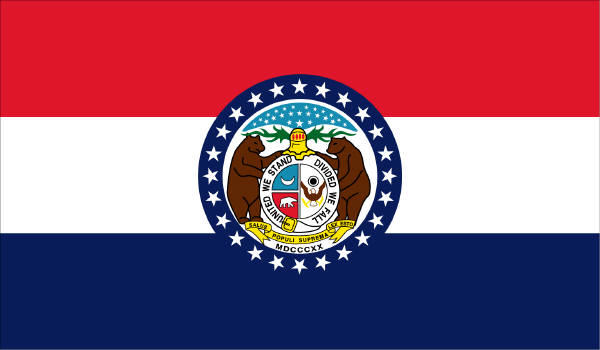Missouri enacted new congressional district boundaries on May 18 when Gov. Mike Parson (R) signed them into law. According to Rudi Keller of the Missouri Independent, “No change in the partisan makeup of the Missouri delegation, currently six Republicans and two Democrats, is expected as a result of the map.” Keller also wrote, “nine counties…shifted almost wholly or entirely into new districts. Boundaries shifted in the five large-population counties that were previously split and a new split was introduced in Boone County in central Missouri.” This map takes effect for Missouri’s 2022 congressional elections.
In Missouri, congressional district boundaries are drawn by the state legislature. These lines are subject to veto by the governor.
After the Senate passed the maps, Keller wrote: “The first plan, released in December with backing from the Republican leaders of both chambers, essentially kept the partisan breakdown of the state’s delegation unchanged, with six safe Republican districts and two Democratic districts in Kansas City and St. Louis. The House passed that bill in January and, after weeks of on-and-off debate, the Senate passed a significantly altered version in late March. The seven members of the Senate’s conservative caucus demanded a map that cracked the Kansas City district and combined it with a huge swath of rural counties to make it possible for the GOP to capture the seat. The ‘6-2’ vs. ‘7-1’ debate came to a head in February when the conservative caucus began a filibuster that blocked progress not only on the redistricting plan but also on basically every other bill. At one point, two Republican Senators got into a shouting match and had to be physically separated.”
The Missouri House of Representatives approved the final version of the new congressional districts on May 9 by a vote of 101-47. Eighty-six Republicans and 15 Democrats approved the new map and 28 Democrats and 19 Republicans voted against it. The state Senate approved the legislation—known as HB 2909—on May 11 by a vote of 22-11. Sixteen Republicans and six Democrats voted to approve the new boundaries and seven Republicans and four Democrats voted against it.
Additional reading:


